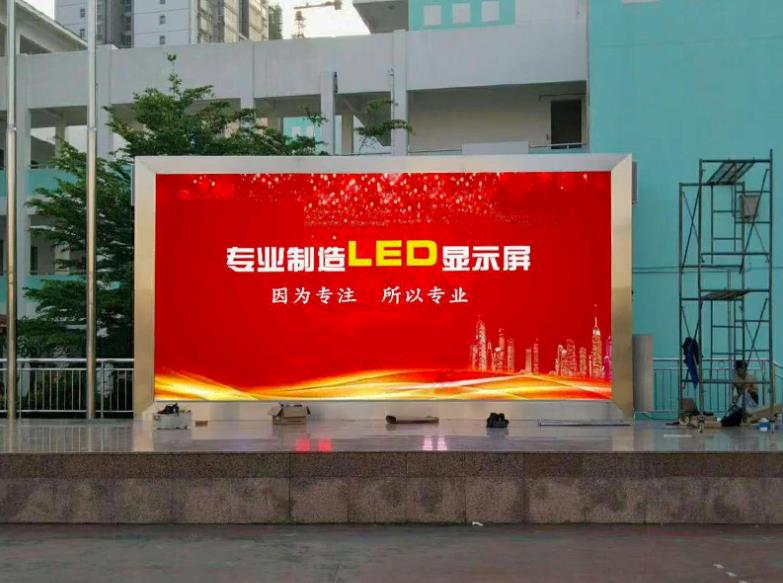time:2021-12-01 Views:22
Semiconductor light-emitting diodes are similar to semiconductor lasers and are also PN junctions, which use external power to inject electrons into the PN junction to emit light. Semiconductor light-emitting diodes are referred to as LEDs and are composed of a p-layer formed of a p-type semiconductor and an n-layer formed of an n-type semiconductor, and an active layer composed of a double heterogeneous material in the middle. The active layer is the light-emitting area, and its thickness is about 0.1~0.2μm.
Semiconductor LEDs are simple in structure, small in size, low in operating current, easy to use, and low in cost, and are extremely common in optoelectronic systems.

Under forward bias, a semiconductor PN junction or similar structure can emit visible light or near-infrared light. This device that directly converts electrical energy into light energy is called LED, or LED for short.
Luminescence is the process by which energy stored in a certain way inside an object is converted into light radiation. The light radiation of the light-emitting object is generated when the excited electrons in the material jump to the basic state. Semiconductors (mainly compound semiconductors composed of elements of group iii and v of the periodic table of elements) light-emitting diodes are electroluminescent devices excited by current.
The phenomenon of electroluminescence was discovered in 1923, and it did not attract people's attention at that time. With the development of modern technology, new requirements have been put forward for light-emitting equipment. It is hoped that the light-emitting tube is simple, reliable, long-lived, low-cost, and small. Therefore, since the 1960s, research on electroluminescence has been very active.